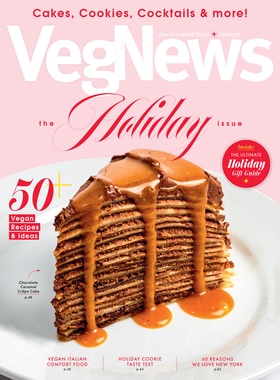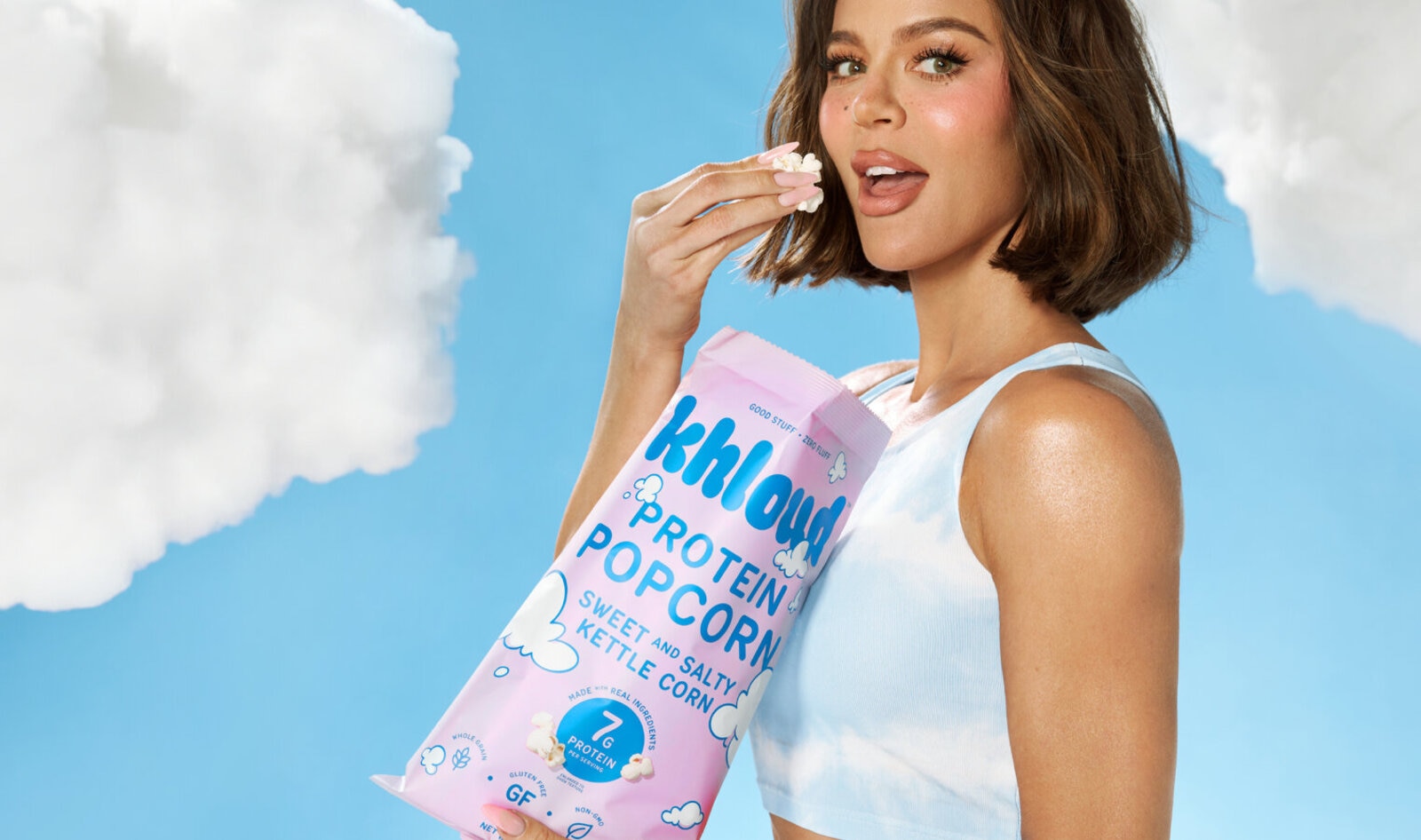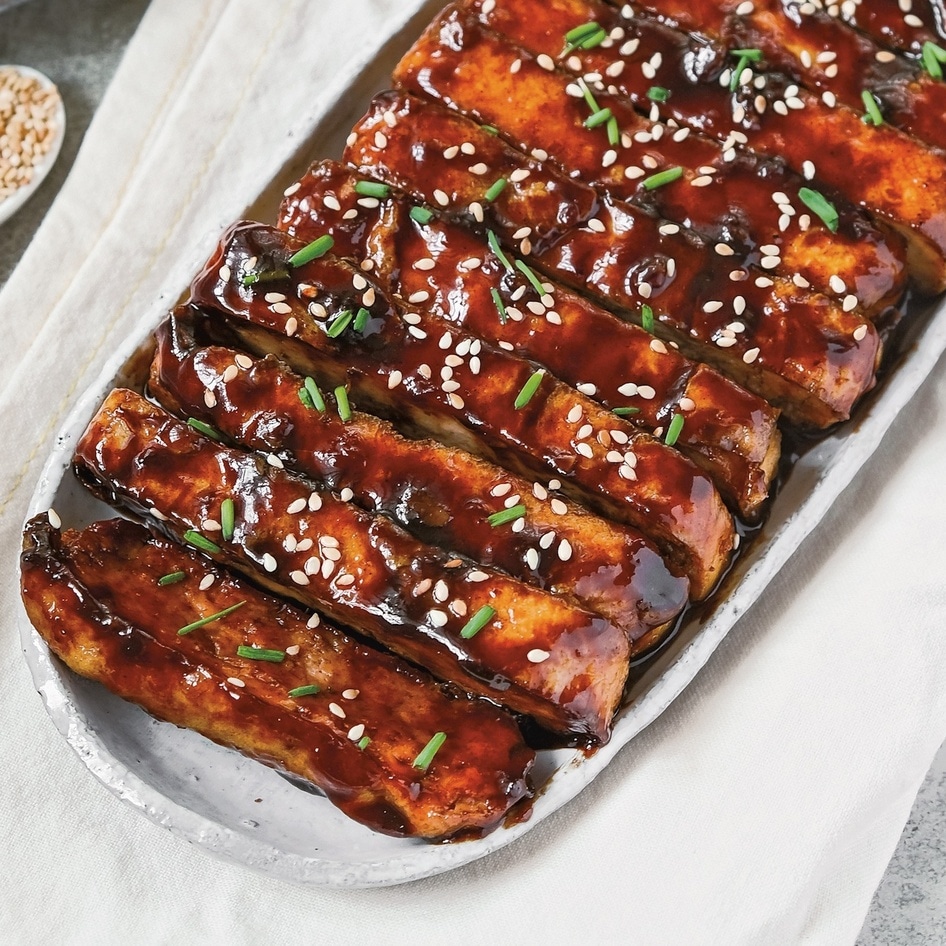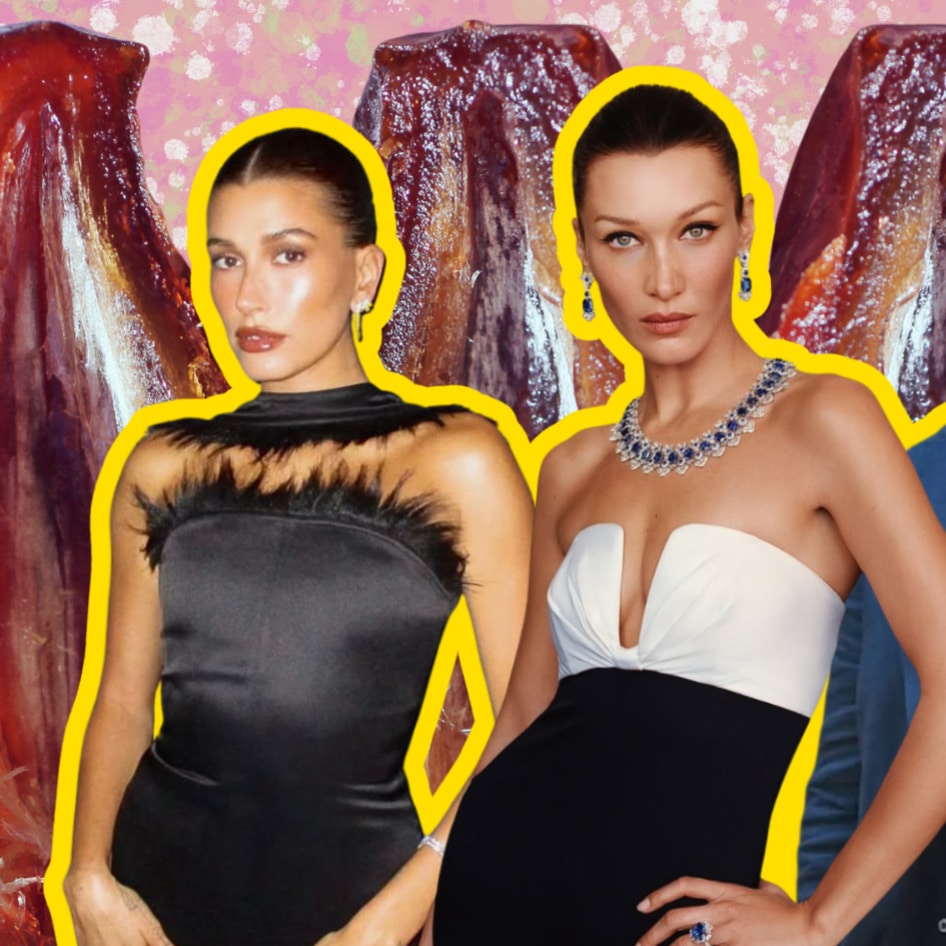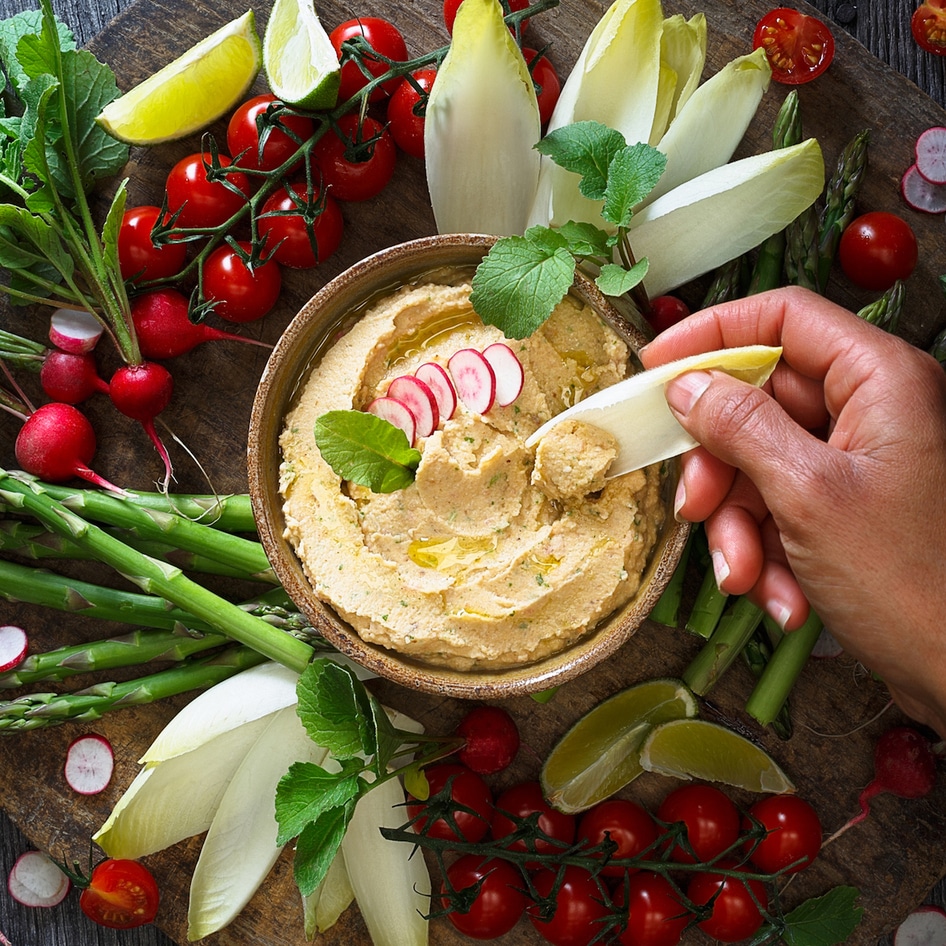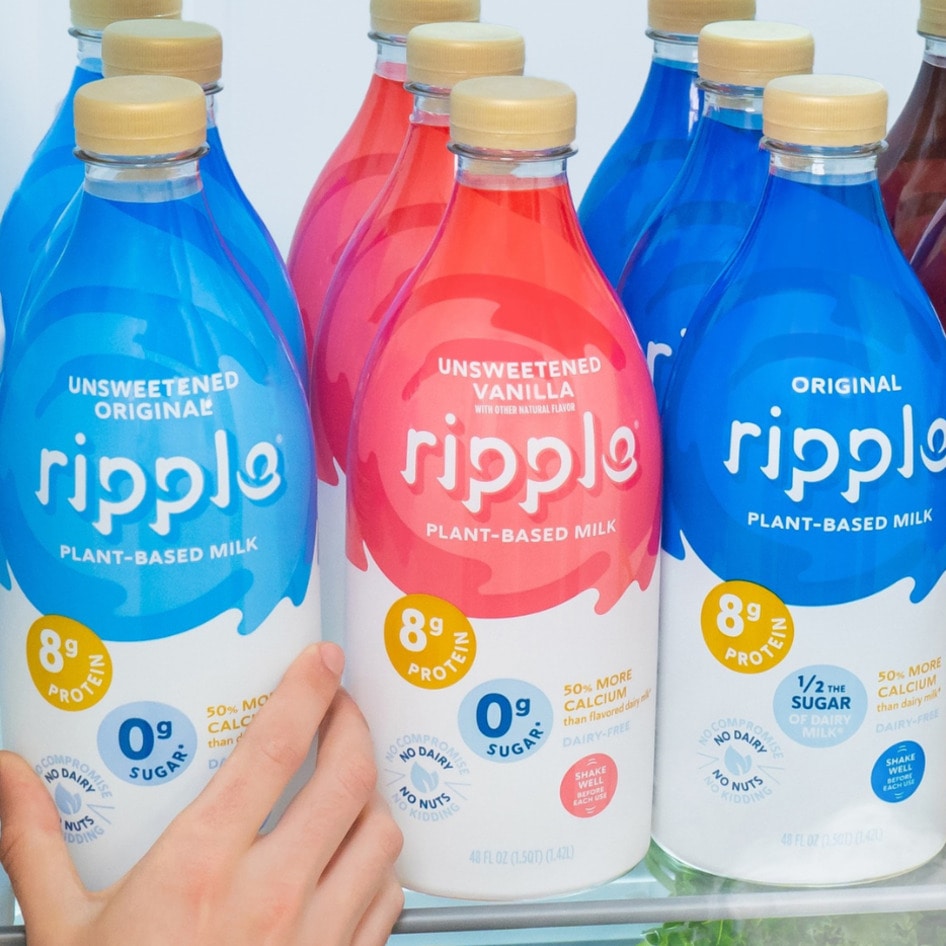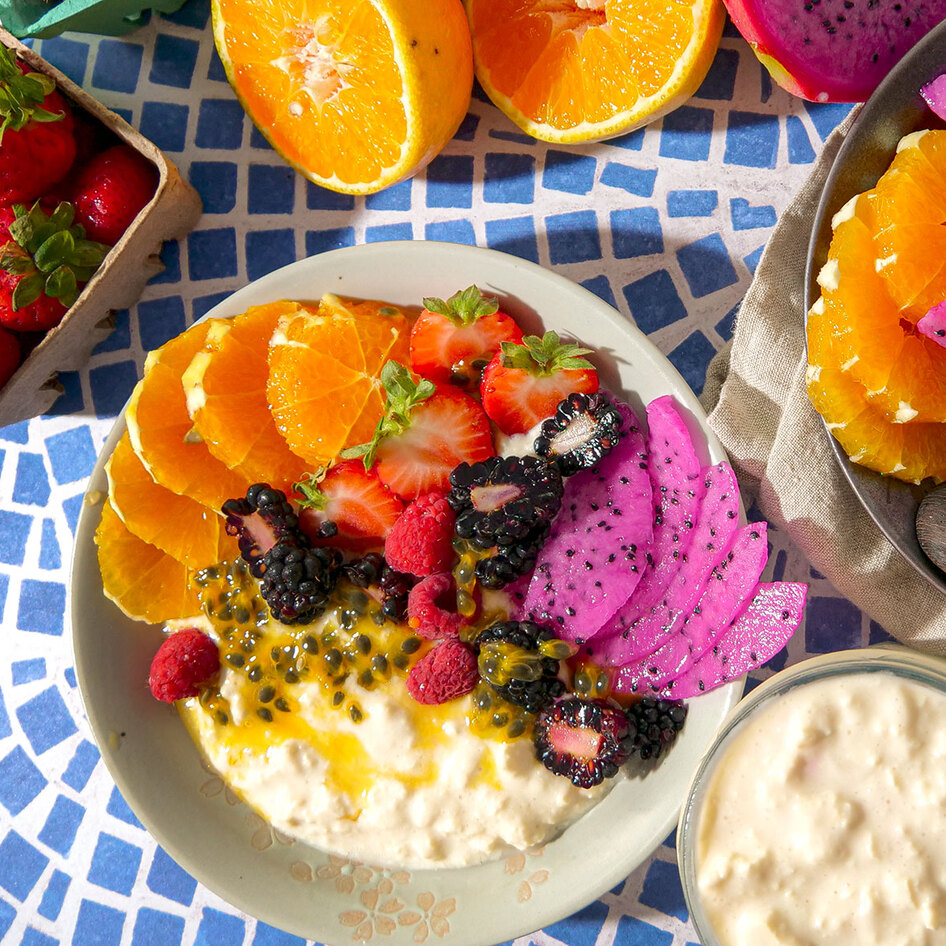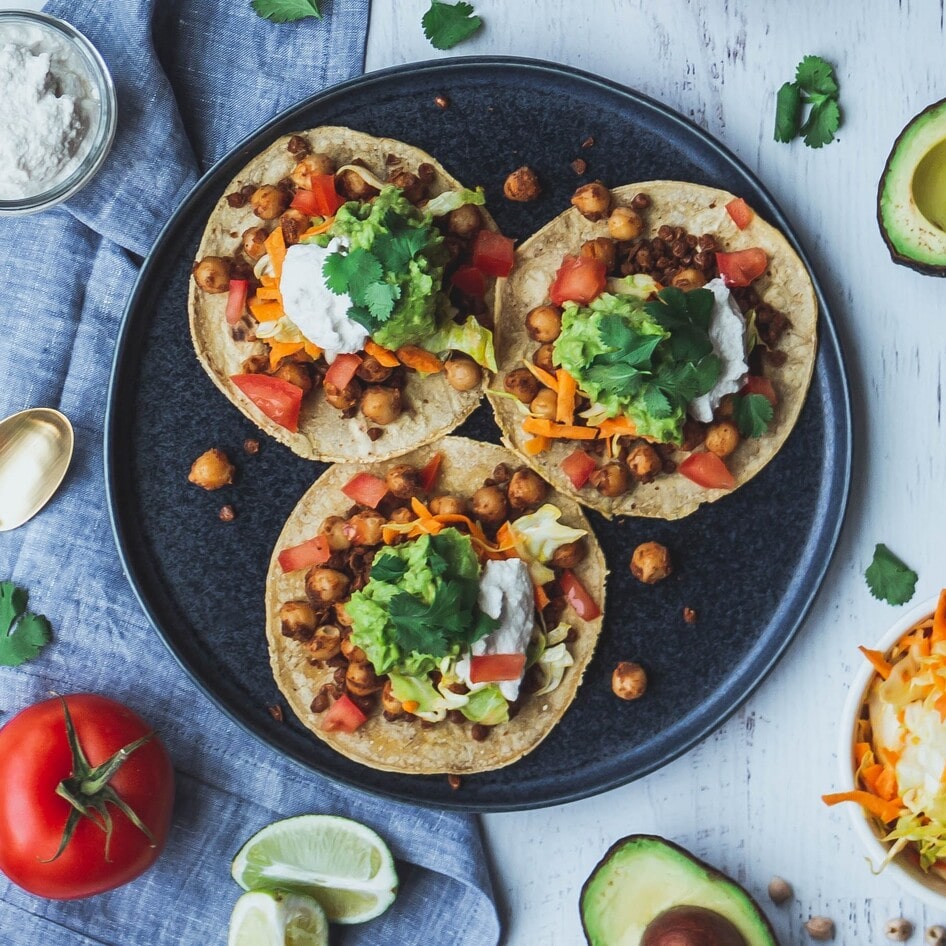Khloé Kardashian’s entrance into the functional snack aisle is hard to miss. The launch of Khloud Popcorn—billed as a protein-rich, “clean” snack, available at Target and direct from its own online storefront—looks like a smart move, at least on paper.
Kardashian’s reach is formidable, with more than 310 million Instagram followers, and the functional foods category is booming. But for a product that positions itself as accessible, wellness-forward, and “better for you,” Khloud delivers a baffling oversight: its use of milk protein isolate instantly shuts out millions of lactose-intolerant and dairy-avoiding consumers, undermining its broad appeal.
The allure and limits of Khloud’s Protein Popcorn
The marketing playbook behind Khloud is familiar: tout whole-grain, non-GMO, and gluten-free credentials, then up the ante with a protein claim. Khloud comes in three flavors—white cheddar, sweet and salty kettle corn, and olive oil with sea salt—all formulated with Nebraska-grown popcorn and zero seed oils. According to the brand, each serving packs seven grams of protein, nearly triple what is found in a standard serving of popcorn.
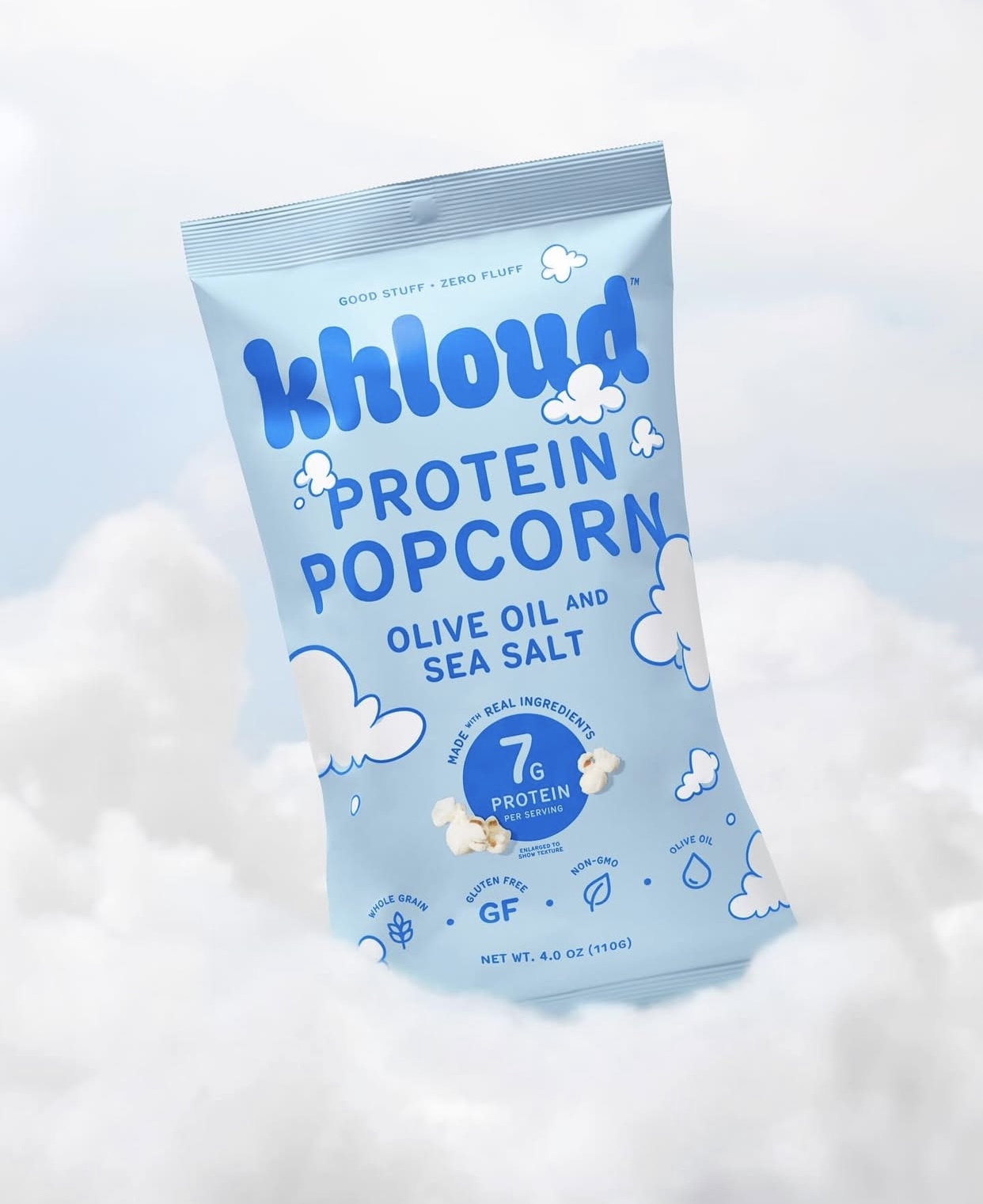 Khloud
Khloud
Protein is important, it is the building block of muscle and other important tissues. The US Department of Agriculture’s most recent dietary guidelines recommend that adult men consume 56 grams of protein daily, while adult women need 46 grams. As Americans have become increasingly health-conscious, protein’s cachet has only climbed. In 2023, market research from The NPD Group found that more than 54 percent of US consumers are actively seeking out protein in their snacks and meals—a number that has steadily increased over the past five years.
The popularity of protein-packed snacks owes as much to social trends as nutritional need. Kardashian’s own social media presence, replete with gym selfies and athleisure collections, mirrors a broader wellness wave. Demand for high-protein foods is fueled by fitness culture, with Americans spending $35 billion annually on gym memberships and related activities, according to Statista. For those seeking quick recovery post-workout, or simply hoping to stave off hunger, protein snacks have become a default. The proliferation of protein-enhanced options now spans every category, from toaster pastries to pasta, and even salad dressings.
 Mikolette
Mikolette
GLP-1 medications, such as Ozempic and Wegovy, are also shifting the conversation. With prescriptions for these weight loss drugs soaring, nutrition experts are urging users to prioritize protein intake in order to preserve lean muscle mass while losing weight. “Companies are even marketing their higher-protein products, from frozen meals by Healthy Choice to condiments like upcoming brand She’s the Sauce, as GLP-1 friendly,” notes Yahoo! Life.
The dairy dilemma: why Khloud falls flat for millions
Yet for all its nutritional engineering, Khloud’s reliance on dairy protein (milk protein isolate) exposes a striking disconnect. According to the National Institutes of Health, as many as 68 percent of the global population has some degree of lactose intolerance, with certain US demographic groups experiencing even higher rates. Beyond those with medically diagnosed intolerance, an even larger cohort simply avoids dairy for ethical, health, or environmental reasons. According to a 2022 Food Insight survey, 24 percent of American adults say they are actively reducing or avoiding dairy products.
 Khloud
Khloud
Popcorn has historically been a go-to snack for those with dietary restrictions. By defaulting to a dairy-based protein, Khloud forfeits this advantage. Consumers who expected Kardashian’s popcorn to join the ranks of inclusive snack innovations are left with little more than an aspirational Instagram post.
Why not go dairy-free?
The functional snack space has exploded with options that cater to the dairy-free, vegan, or allergen-sensitive set. Brands like Hippeas, Lesser Evil, and even big players like Frito-Lay have introduced plant-based or vegan options across multiple categories. Plant protein isolates derived from peas, lentils, or chickpeas can deliver similar protein levels as dairy, minus the allergens and environmental baggage.
“Essentially, the snack is just ‘protein powder-covered popcorn,’ as Khloud uses a milk protein isolate to boost its protein content to three times that of traditional popcorn,” dietitian Bree Phillips told Yahoo! Life.
While Phillips is generally positive, noting that air-popped popcorn is low in calories and decently high in fiber, and you can have a large volume of it, “it’s a great snack food for people who like to nibble and munch while they’re doing other things”—the choice of protein source inevitably limits who can partake.
The environmental and ethical imperative
Consumer research shows the dairy-free market is not a niche, but a juggernaut. The global dairy alternatives market surpassed $27 billion in 2023, projected to reach $54 billion by 2028. (By contrast, the plant-based meat market was valued at $7 billion in 2023 and is expected to grow to more than $15 billion by 2028.) Dairy protein is resource-intensive, with greenhouse gas emissions nearly three times higher per gram of protein than most plant-based alternatives.
 Pexels
Pexels
Gen Z and Millennials—Kardashian’s core audience—are twice as likely as older generations to consider environmental factors in food purchases. Launching a mainstream protein popcorn brand without a plant-based or dairy-free variant runs counter to where the market, and culture, is heading.
Demand for dairy alternatives is being driven by a perfect storm of lactose intolerance, environmental awareness, and changing tastes. Data from SPINS shows that sales of plant-based milk grew by 8.5 percent in 2023, far outpacing the sluggish growth of traditional dairy, and one in three US households now purchases plant-based milk at least occasionally, according to the Plant Based Foods Association.
Dietitians say more protein is not always better
There are also broader nutritional questions swirling around the “protein everything” trend. As dietitian Bree Phillips pointed out, there is a downside to the boom in protein snacks, in that it may encourage people to get their protein from processed snack foods that don’t have many other nutrients, as opposed to whole food sources. A toaster pastry might have added protein, but it might also have sugar, artificial ingredients or just limited nutritional content otherwise. Meanwhile, a whole food source like nuts comes with not just protein, but also healthy fats and fiber.
BECOME A VEGNEWS VIP: Get exclusive product deals, freebies, and perks galore!
Nina Crowley, a registered dietitian, agrees that context matters. Crowley notes that it’s important that we don’t assign morality to foods—i.e., label them as good or bad. She says Kardashian’s protein popcorn may have some benefits, but it shouldn’t be what you eat to assuage guilt for snacking. Instead, “it needs to be something that works for you in your bigger picture of health and eating patterns.”
Solutions for the dairy-avoidant snacker
For those seeking a dairy-free protein popcorn experience, the market does offer alternatives. Lesser Evil has debuted dairy-free popcorn with added protein sourced from cassava. Ready’s Puffs contain 25 grams of vegan protein per bag. Hippeas puffs are made from chickpeas. There are also category adjacent options like puffed edamame and snap peas.
 Getty
Getty
For the adventurous, making protein popcorn at home is as simple as tossing air-popped kernels with olive oil and a sprinkle of protein-rich nutritional yeast or a plant-based protein powder blend. Nutritional yeast offers a cheese-like flavor and three grams of protein per tablespoon, while pea protein powder can be added to seasoning mixes for a protein boost that works for most diets.
For more plant-based stories like this, read:
JUMP TO ... Latest News | Recipes | Guides | Health | Subscribe
